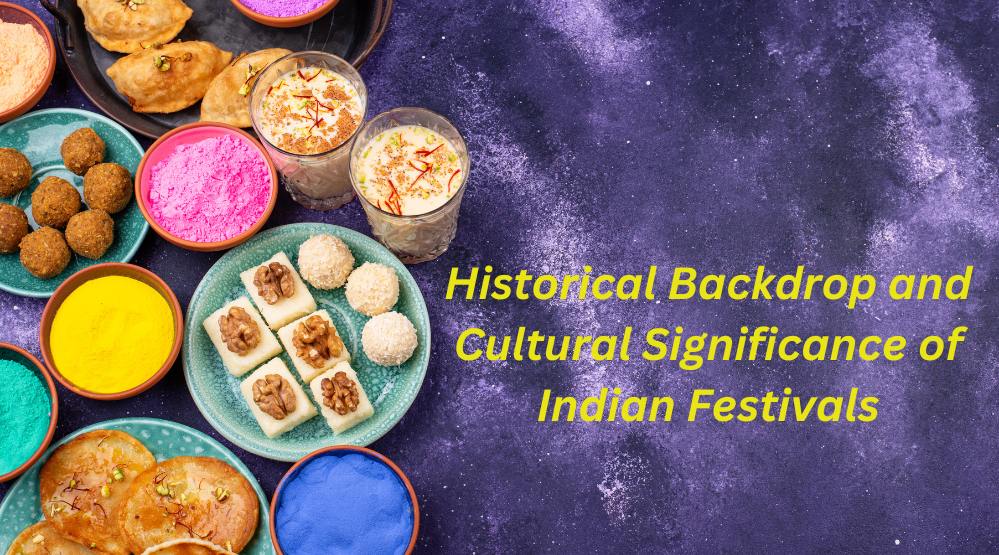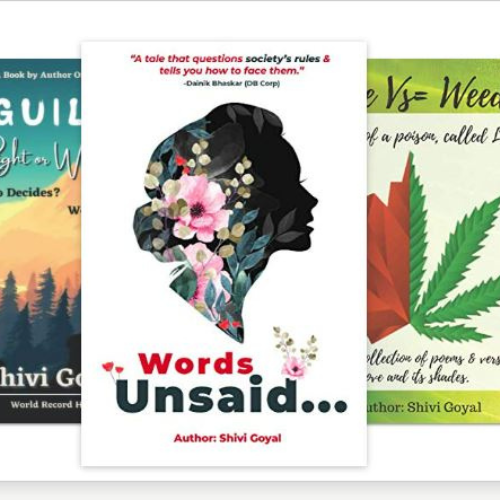As the first day of Chaitra Navratri ushers in the worship of Goddess Durga, let’s delve into the stories and rituals that weave their magic across the nation.
Chaitra Navratri: A Battle for Good
Chaitra Navratri, observed across India, celebrates the nine divine forms of Durga. Mythology tells the tale of the fierce battle between Durga and the demon Mahishasura, who wreaked havoc on gods and mortals alike. Over nine days, Durga transforms, wielding her unique powers to combat the shapeshifting demon. The first day honors Shailaputri, the embodiment of innocence and purity, signifying the beginning of Durga’s journey.

Historical Backdrop
The roots of these April 9th ‘2024 festivities can be traced back centuries. Ugadi, for example, is mentioned in ancient texts like the “Yuga Purana.” The celebration of the harvest season, a cornerstone of many regional festivities, has been an integral part of Indian culture since the dawn of agriculture. Baisakhi, on the other hand, commemorates the establishment of the Khalsa, a pivotal moment in Sikh history.
Cultural Significance
These festivals serve as powerful unifiers, transcending social and economic barriers to unite communities. They are a time for families to reconnect, strengthen bonds, and share the joy of new beginnings. The preparation of traditional food, the exchange of gifts, and the vibrant cultural performances associated with these festivities all contribute to the preservation and transmission of rich cultural heritage from generation to generation.
Exploring the Festival Beyond Borders
The vibrant spirit of India’s April 9th, ‘2024 celebrations extends beyond the nation’s geographical boundaries. The Indian diaspora carries these traditions forward, recreating the magic in their adopted homes. From community centres echoing with Bihu Geet in the United States to grand Ugadi celebrations in Singapore, these festivals are a powerful reminder of their cultural heritage for the Indian diaspora.
Looking Ahead: Keeping Traditions Alive
In a world increasingly driven by technology and globalization, the importance of preserving these age-old traditions cannot be overstated. As we celebrate the rich tapestry of April 9th festivities, finding ways to keep these traditions alive for future generations is crucial. Encouraging participation in cultural activities, transmitting traditional knowledge through storytelling and workshops, and embracing technology to document and share these practices are all essential to safeguarding this vibrant cultural heritage.
Celebrating Together: A Shared Spirit
Though the stories and rituals differ, the essence of these April 9th celebrations remains the same: a joyous embrace of new beginnings, a deep appreciation for nature’s bounty, and a hopeful prayer for a prosperous future. It’s a beautiful reminder of the unifying spirit that binds India’s diverse cultural tapestry.
So, the next time April 9th dawns, take a moment to explore the rich mythology and vibrant traditions that paint this day with such color. Whether you’re worshipping Durga, hoisting the Gudi flag, or savoring a sweet “puran poli,” remember, you’re participating in a centuries-old celebration that transcends regional borders and unites millions in a spirit of shared joy and cultural pride.
Conclusion
As April 9th, 2024, dawns across India, a kaleidoscope of colours, sounds, and aromas fills the air. Each region celebrates in its unique way, yet the underlying sentiment remains the same—a joyous embrace of new beginnings, a deep appreciation for nature’s bounty, and a hopeful prayer for a prosperous future. This beautiful confluence of traditions serves as a powerful testament to the enduring spirit of Indian culture, reminding us of the unifying force that lies beneath the rich tapestry of regional diversity.
Keep Smiling & Be Graced!!
Facebook | Instagram | YouTube | Goodreads | Artwork | Books | Journals – Diaries – Notebooks | Author Central Page | LinkedIn
For collaboration, workshops and to come as a guest at my podcast (the healing tree) please hit an email – spiritedblogger707@gmail.com


